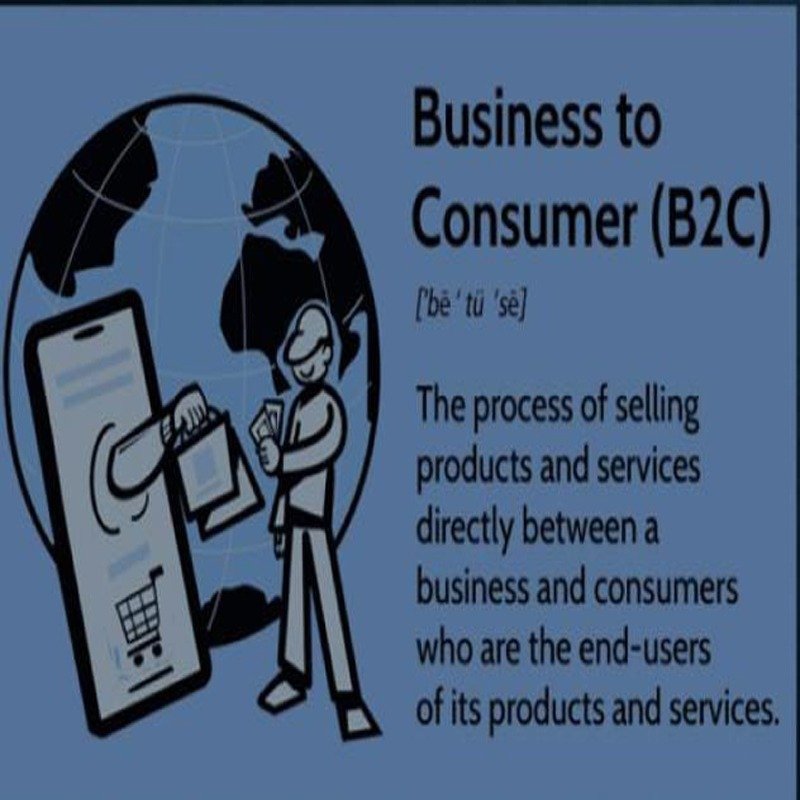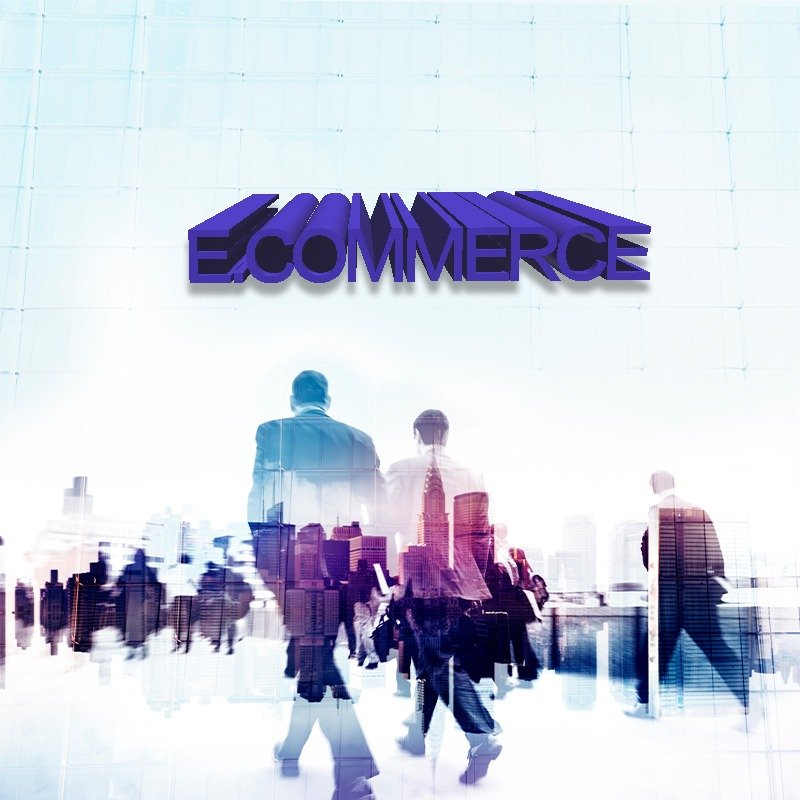What is E-Commerce
E-commerce refers to the buying and selling of goods and services over the Internet.

E-commerce, also known as electronic commerce, is the term used to describe the purchasing and selling of goods and services via the Internet. Online transactions between businesses and customers (B2C), as well as occasionally between businesses (B2B), are involved (C2C). E-commerce has revolutionized how individuals conduct business and make purchases, becoming a crucial component of the global economy.
Websites for online shopping, electronic payments, online banking, and different electronic data interchange technologies are essential. It gives companies the chance to expand into international markets, run around the clock, and simplify transactions. Conversely, customers like the ease of shopping whenever and from any place, as well as frequently having access to a wider selection of goods and services.
The process of purchasing and selling goods and services using the internet is known as e-commerce. It has transformed the way we shop, do business, and engage with goods and services, becoming an essential part of our everyday lives. This is how e-commerce is integrated into our daily lives:
Online shopping is one of the most popular applications of e-commerce in day-to-day living. Using a variety of e-commerce platforms, customers can browse and buy things from the convenience of their homes, whether they be groceries, gadgets, clothing, or almost anything else.
Type of E-Commerce
1-B2B-Business to Business
2-B2C-Business to Consumer
3-C2C-Consumer to Consumer
4-C2B-Consumer to Business
Business to Business

Business-to-business, or B2B, transactions are commonly referred to as electronic commerce, or e-commerce for short. The B2B model involves the sale of goods or services from one corporate entity to another, as opposed to a corporation selling to a single customer. The general functioning of the business environment and the supply chain depends on this type of transaction.
Business to Consumer
The idea of “business to consumer,” or “B2C,” refers to the kind of electronic commerce (e-commerce) in which businesses offer products or services to particular clients. In the business-to-consumer (B2C) model, satisfying the needs and desires of each client is the primary goal of the transaction between a company and the end user. Here are some essential characteristics and components of business-to-consumer transactions
Consumer to Consumer
What Are Some Examples of C2C Companies? In e-commerce, some big names in C2C include eBay, Etsy, Craigslist, OLX, Ali Express, and Amazon Marketplace. Some C2C payment companies include Venmo, PayPal, and Zelle.
Consumer to Business
The C2B, or consumer-to-business model, is when customers offer products or services to businesses. Examples of C2B applications include customer reviews, participation in focus groups, or sharing as an influencer someone who has his or her audience and the ability to influence what that audience buys or does.
E-commerce, or just plain e-commerce, is the buying and selling of goods and services using the internet. It now plays a vital part in our daily lives by offering ease and accessibility in many different ways. Some common uses of e-commerce in our day-to-day life are as follows:
Online Shopping:

One of the most popular applications of e-commerce is online shopping. Customers may browse a large selection of products, compare prices, read product reviews, and make purchases from the comfort of their homes thanks to e-commerce platforms and websites.
Food Delivery Services:
A lot of people use e-commerce websites to place online meal orders. Dining out can be made simple for users by using food delivery applications and websites, which allow them to browse menus, place orders, and have meals delivered straight to their door.
Travel and Accommodation Booking:
In the travel sector, online shopping is crucial. Customers can save time and regularly take advantage of exceptional offers by booking hotels, rental cars, flights, and other travel-related services using online platforms.
Digital Entertainment:
E-commerce includes the distribution of digital content, such as streaming services, music, movies, and e-books. Customers can purchase or sign up for a variety of digital entertainment offerings via online platforms.

In summary, e-commerce has radically altered many facets of our everyday existence and provided us with quick access to a vast array of goods and services. It has completely changed the way we shop, conduct business, and go about our daily live.
